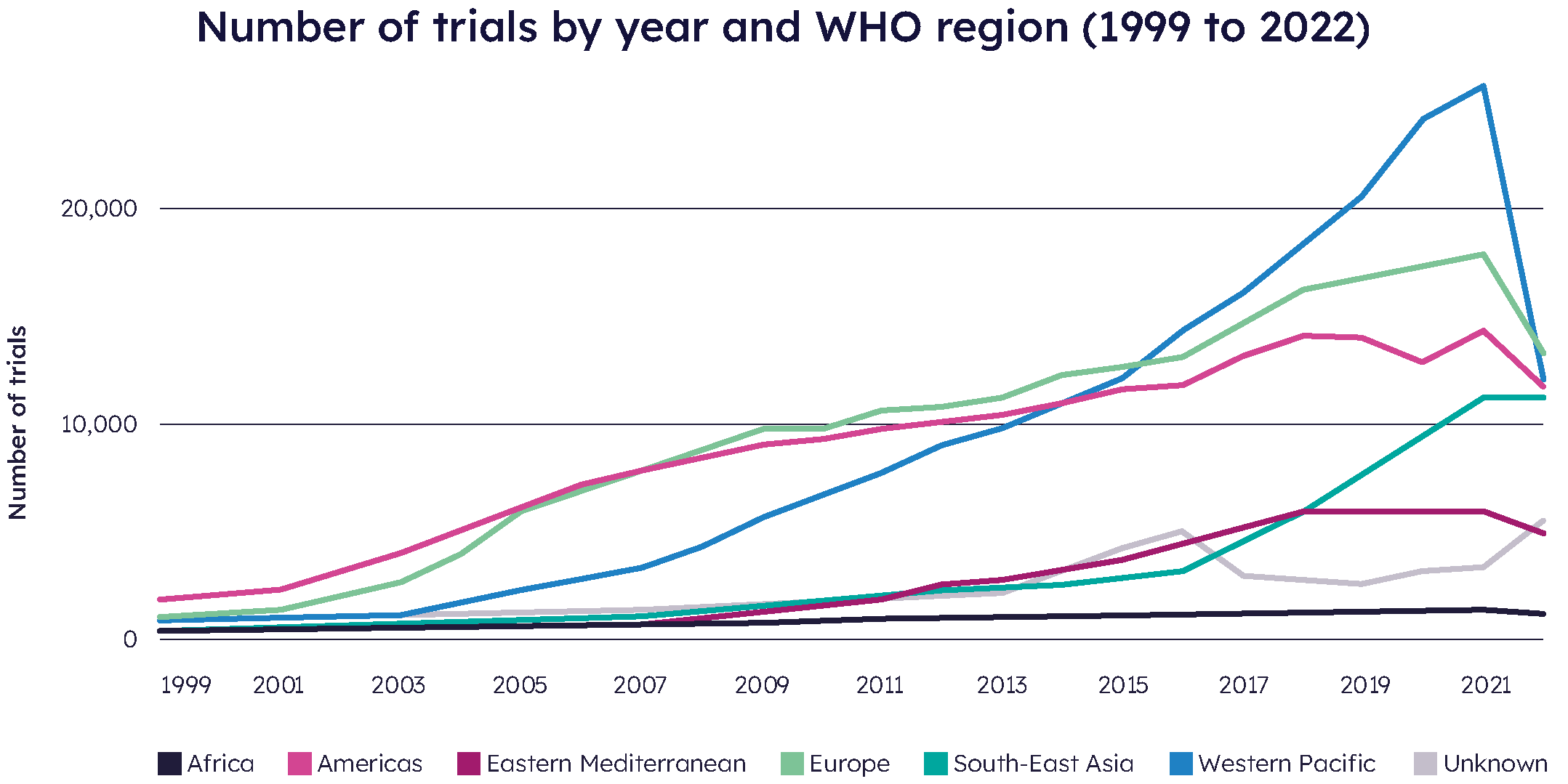Backup Sites: The Closers of Clinical Trials
Article
Clinical


What happens when a sponsor fails to hit its recruitment targets? A swing and a miss can result in a delay of game, costing both the sponsor and the industry.
With baseball season in full swing in the US, this national pastime is on the minds of many Americans. So it’s only natural for me to view the clinical trial recruitment process in terms of runs, hits, and errors.
Sponsors must cover all the bases when running and recruiting for clinical trials; the process itself has become an exercise in risk management and mitigation. It starts in the planning stages, developing protocols and inclusion/exclusion criteria that are specific to the research being conducted but not so limiting as to rule out diverse demographics and/or limiting to such a small margin of patients that recruiting becomes a “needle in a haystack” exercise.
What happens, however, when a sponsor fails to hit its recruitment targets? A swing and a miss here can result in a delay of game, costing both the sponsor and the industry as well as delaying getting new, potentially life-saving drugs in the hands of HCPs and patients. Recruitment-related trial delays tack on an extra one to six or months for most clinical trials when compared to initial baseline assumptions. The pharmaceutical industry stands to lose between $600,000 and $8 million for each day of delay.1
To mitigate risk, most sponsors and CROs will conduct a feasibility assessment using historical data sources and/or HCP outreach, and develop a proactive contingency plan that quite often involves backup trial sites or even backup countries. Think of it as the reserve list for pharma. With the increasing number of trials being conducted (see graph), dwindling staff availability at site, and trials involving diagnostic and technology complexity, the industry has moved to backup sites being the new normal. Backup or overage sites are usually brought through the start-up process at the same time as other sites but are not activated. These sites, later activated in the event that recruitment is not going as expected, become what is known as add-on or rescue sites, included at the clinical equivalent of the ninth inning. It’s all an effort to load the bases.

Source: World Health Organization
When it comes to backup sites, it may be difficult to level the playing field. One dilemma sponsors face is whether to inform a site that it is a backup. If a sponsor discloses this during the selection process, site staff may be concerned their site will not earn revenue. Conversely, if a sponsor does not inform a site of its status, that could jeopardize the sponsor’s long-term relationship with the site. Another school of thought is that backup sites often put in the extra effort to recruit, in hopes they’ll be taken off the bench and make the starting lineup for upcoming trials. There are also countries that have extremely lengthy startup and regulatory approval processes; should sites in these territories always be relegated to backup status?
Claire Riches, Citeline vice president of clinical solutions, says approximately 80% of patients come from 20% of investigator sites. She notes that some sites will fall by the wayside, requiring a pinch hitter, some will over-recruit, and some will under-recruit. Among factors contributing the most to costs across all clinical trial phases are site monitoring costs (9–14%) and site retention costs (9–16%).2
In the past 10 years, Riches says the industry has seen a drop in site performance. This can be attributed to many reasons, including increased pressure, increased trial complexity, increased burden on site staff to use new technology platforms, fewer staff, less time to conduct trials, and limited availability of patient populations.
Because of this, sponsors tend to exceed the number of sites estimated as necessary to recruit patients, which is costly. They must pay for ethics and regulatory submissions, site visits, documentation, and more. Many sites require a stipend regardless of whether they recruit a single patient ― this can often run to 30% over per-patient grant amounts. Riches warns that some are “serial startup sites” that pocket the up-front fee but ultimately do not recruit.
Once sites are up and running, Riches says, a sponsor is beholden to the sites to deliver what they promised in terms of patient numbers. However, external forces such as competing trials are clinical curveballs and can be gamechangers. “That’s why it’s important to choose the right site in the first place,” she says. “The good news is now we have the data ― who’s doing the trials, how many trials they have conducted, which therapeutic areas, standard of care, the regulatory landscape, and upcoming trials that might affect bandwidth.”
Riches says sponsors would prefer to avoid the use of backup sites altogether. “If they picked the right sites from the get-go, they wouldn’t have to go this route. Accurate, data-driven study feasibility is essential to determine a trial’s importance and relevance for a site and to evaluate a site’s capability and recruitment capacity.”
References: